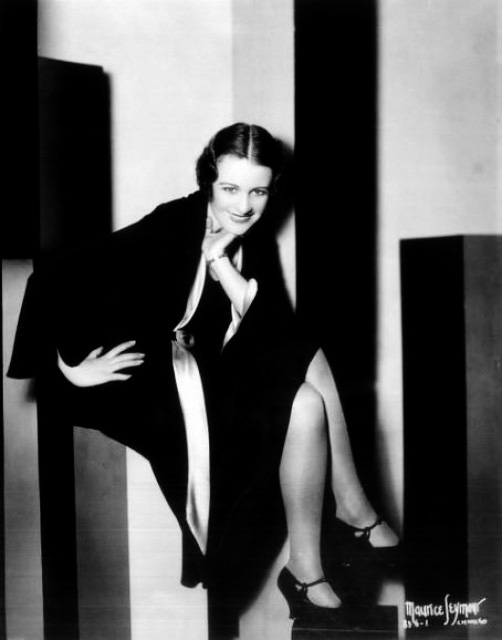By Joan Champ
The following is the third installment in a series about Nan Dorland, a radio star from New York City who struggled to become a writer and a prospector in northern Saskatchewan. Follow on Instagram @discoveringnan.
The newly christened Nan Dorland (born Annette Danke) moved back to her hometown of Chicago in 1931 to pursue a career in the new medium of radio. By September of the same year, 20-year-old Nan was working on a daytime serial in the Chicago studios of the National Broadcasting Company (NBC).
The 1930s was a time of rapid growth for radio. Hundreds of commercial radio stations popped up across the USA over the course of the decade. In 1929, 12 million American households owned a radio; by 1939 this total had exploded to more than 28 million. Advertisers quickly recognized the potential of daytime serials and signed on as sponsors in droves. Designed to accommodate the daily pattern of the homemaker during the golden age of radio, there were between 360 and 390 soaps on the air during the 1930s.
The 15-minute daily serials were sentimental, with ample doses of hardship. James Thurber once wrote, “A soap opera is a kind of sandwich. Between thick slices of advertising, spread 12 minutes of dialog, add predicament, villainy, and female suffering in equal measure, throw in a dash of nobility, sprinkle with tears, season with organ music, cover with a rich announcer sauce, and serve five times a week.”
Keeping Up With Daughter
Nan’s first starring role was in 1931 on NBC Chicago’s “Keeping Up With Daughter” – one of the very first radio serials. In the radio program sponsored by Sherwin-Williams, Nan played Dora Mae, the high-school-age daughter. The story was billed as a “moving, human drama of the life of an average American family. … Joys, pleasures, sorrows, success and ambitions – all these and other feelings of a family of three in a typical American town” were portrayed in the 15-minute episodes.
NBC’s publicity machine kicked into high gear in the fall of 1931 to promote its new star Nan Dorland. Publicity photos and biographical sketches were distributed to newspapers and magazines far and wide. Newspapers and magazines were happy to print photos of the attractive, blue-eyed redhead. For example, on October 18, 1931 the Brooklyn Daily Eagle wrote:
“Although she admits she feels much more at home in a bathing suit or on horseback, Nan Dorland, radio drama actress, has proved she acts as well as she swims. She has a delightful smile that lingers on after she has passed, and a smile that, coming out of a ‘picture-speaker,’ would make all radio listeners television fans.” (RCA began experimenting with television in 1931.)
“Keeping Up With Daughter” only lasted one season, from September 1931 to June 1932. A review in Variety magazine provides some insight into why the show was a flop. “Mid-afternoon series of sketches are only mildly entertaining because of the nearly 100% commercialism,” Variety pronounced on April 26, 1932. Sherwin-Williams insisted that plugs for their company’s products be inserted into the story “in an none-too-deft manner,” with Nan as the daughter reading off paint colours – and their numbers – from a catalogue! This commercial angle practically ruined whatever chance to entertain the serial possessed.
The Lane Reporter
Nan’s second starring role was in “The Lane Reporter,” sponsored by Lane Cedar Chests. Launched in the spring of 1932, Nan’s new show took her to Hollywood where she guided her listeners on tours of movie stars’ homes, “observing with an uncanny eye what milady’s boudoir should contain by the way of eyelash curlers or what the last word is in chintz coverings,” Radio Retailing magazine wrote in June 1932. It was like a 1930s radio version of Robin Leach’s “Lifestyles of the Rich and Famous.”
Protests again arose about over-commercialization. “Miss Dorland is favorably equipped with a pleasant vocal apparatus and an easy flow of vocabulary,” a review of “The Lane Reporter” in Variety magazine observes on April 26, 1932. “but what is more important to the sponsor is the subtle interjection of the plug throughout the discourse.” While taking listeners through the homes of movie stars, Nan had to promote the sponsor’s product, selling fans on the idea that no Hollywood home was complete without a Land cedar chest.
Contact: joanchamp@shaw.ca


